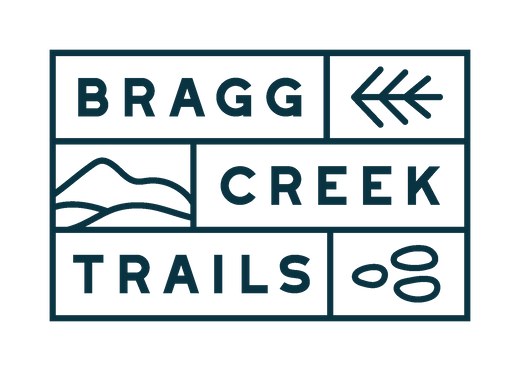A Case of a Poorly Designed Policy
Canada’s Latest Alcohol Consumption Guideline
The World Health Organization tells the story in no uncertain terms – consumption of alcohol has been on a continuous decline for a long time. Between 1980 (the year Canada started to collect this data), we drank 10.32L of alcohol per capita, per year, and today it is 8.1L. In the past couple of years, mocktails and alcohol-free beverages have become hugely popular, with new and original products coming daily. Why then, did the Canadian Centre on Substance Use and Addiction (CCSA) felt the need to develop a stealthy prohibition-style policy?
In early January, it was OK for men to consume 15 standard drinks per week while women were advised to drink as many as 10. By the end of that month, six standard drinks were considered high-risk for both men and women. This means a person who drinks one bottle of wine over seven days is at high risk of harming themselves. Really?! What gives?
To lend CCSA the benefit of the doubt, I went digging for logical explanations for their decisions. So far, I have only found one plausible reason.
While overall consumption of alcohol is down, the way we consume is problematic. Binge drinking is prevalent, especially amongst the younger population. According to the Centre for Addiction and Mental Health (CAMH), 20% of high school students binge drink once a month, and 32% of 20-34-year-olds will do so at least 12 times a year. Binge drinking is also true for older segments of the population but to a lesser extent. Is this what the new two drinks a week policy is addressing?
The CCSA’s job is to reduce substance use harm. They received two years of funding from Health Canada to determine whether our current guidelines were adequate. Some media reported that of the 6,000 research papers reviewed, only 16 met CCSA’s research criteria to demonstrate the need for lowering consumption. Coming up with a status quo conclusion was probably not good politics for CCSA.
Interestingly, however, I did not read or hear about the need to improve the quality of the alcohol products we are drinking. Substantial market share (38% of the wine sold by Alberta Liquor Connect costs $20 or less) is surprisingly cheap. In most cases, the offering at that price point can only be possible with the use of additives designed to mimic the real stuff. And so, while the pre-prohibition practice of infusing gunpowder and opioid to give an extra kick to an 80% proof moonshine isn’t offered anymore, new hard to pronounce additives have to some extent replaced them. A poor quality grape juice can now be augmented with a possible 60 additives. The plonk is no more, but the mysterious red skin rashes and headaches are in.
Educating consumers on the healthy consumption of alcohol can and should be improved. For example, it is preferable to start drinking on a full stomach. It is also advised to quench your thirst first with a tall glass of water. Doing both will slow down the rate of alcohol consumption and absorption in the blood. Taking it easy also adds a side benefit – the staging for fine moments with family and friends rather than the staring at empties.
Displaying a list of ingredients on a bottle of alcohol, as is the case for all other food products in our grocery stores, would also go a long way to educating consumers on what they are drinking and helping them make healthy choices. Yet, this is not the case. While conscientious wine producers that care about their vines and wines use sustainable natural practices that are often more expensive, the mass-produced Cheez-Wiz and Velveeta of the wine world serve us mysterious brews.
Celebrated late Anthony Bourdain proclaimed at a New York Time forum in 2017, “There is nothing on this planet that is more political than food.” He might have been on to something.
Sickening oneself by wolfling down drinks is not healthy. But so is a State that prefers to handcuff its society by distorting facts for the purpose of spreading fear and anxiety over a 6,000-year-old cultural practice. In our fast pace world, we need to reimagine the quality of our lives. In my view, teaching how to make healthy choices and make it possible to do so is a better approach. My suggestion to policymakers and consumers alike is to care more about the quality of what we ingest and encourage the art of savouring the moment and what is good in life – For example, in this instance, a decent quality wine paired with a couple of fine cheeses and olives in pleasant company. Otherwise what’s next? Full prohibition?
Cheers!
Renée Delorme, Sommelier
www.tastingpleasures.ca
403.200.9961
mail@tastingpleasures.ca
Indulge in the pleasures of private tastings



























